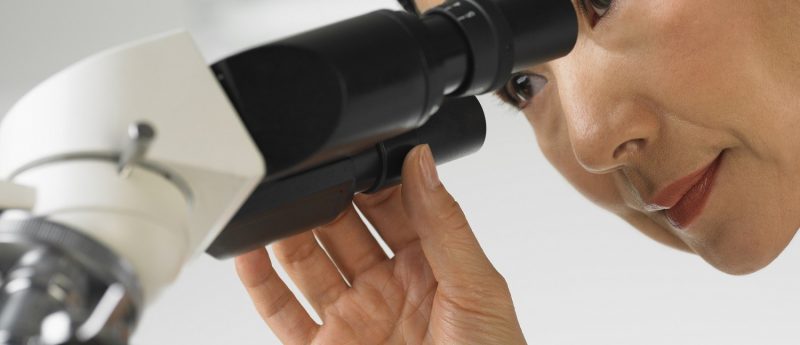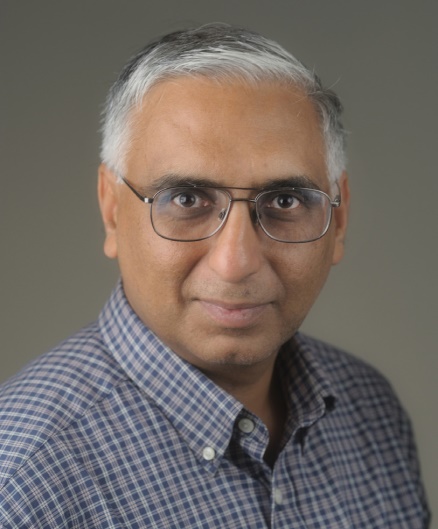Commercializing regenerative medicine in the early days of a revolution: an interview with Mahendra Rao

In this interview, Mahendra Rao, co-founder, Q Therapeutics, discusses why these are the early days of a regenerative medicine revolution.
In this interview, Mahendra Rao, co-founder, Q Therapeutics, discusses why he believes we are in the early days of a regenerative medicine revolution.

Mahendra Rao
Mahendra Rao received his MD from Bombay University (India) and his PhD in Developmental Neurobiology from the California Institute of Technology (CA, USA). Mahendra Rao is widely known for his research involving human embryonic stem cells, induced pluripotent stem cells and other somatic stem cells. He holds faculty positions at institutions including the National Institutes of Health (MD, USA) and Johns Hopkins University School of Medicine (MD, USA), has published more than 300 papers on stem cell research and is the co-founder of an neural stem cell company Q Therapeutics (UT, USA) and its subsidiary Neuro Q. Dr Rao serves on several editorial boards, review panels scientific advisory boards and company boards. He continues to work with the ISCT, ISSCR and FDA on consent and other regulatory authorities.
Please introduce yourself and your institution
I currently am the Founder and CEO of Mahendra Rao LLC and I work as an independent consultant working with a number of companies in the regenerative medicine field.
What are the advantages of treating the nervous system with regenerative medicine/stem cells?
The reality is that we do not have many treatment choices for the brain. Cell offer the option that they can be delivered easily, they survive in the adult environment and can migrate, albeit to a limited extent, and they respond to the environment to secrete trophic molecules. All of these potential advantages, combined with the fact that it is relatively easy to differentiate neural derivatives from pluripotent cells, has made cell replacement therapy an attractive option in the central nervous system (CNS).
What are the challenges in working with neural stem cells?
The major challenges are the delivery of cells in sufficient number for them to be effective at a stage in the disease progression where changes are not irreversible. Diffuse diseases such as Alzheimer’s are out of reach of current technology. Focal and local diseases are more tractable.
You provide a consulting service to several companies focused on regenerative medicine — what are some of the most common topics they seek your advice on?
The commonest questions are related to regulations that will permit the transfer of lab technology to a cGMP facility and doing this transfer in a cost effective fashion in a reasonable time frame.
Is there any advice you would give a new company working within regenerative medicine?
My biggest advice to people is that they should stick to what they are experts at and outsource things that they are not familiar. It may seem expensive but is more economical in the long run to you play to your strengths.
What are your predictions for the future of regenerative medicine? Are there any emerging diseases that are/are not particularly amenable to regenerative medicine?
My feeling is that we are in the early days of the regenerative medicine revolution. We need some additional breakthroughs in gene engineering, immune matching and cost reduction to make this a truly routine therapy.
What are your plans for the future?
I personally want to move an astrocyte- or glial cell-based therapy to the clinic. I have developed a CMC manufacturing protocol and delivery process for the treatment of spinal cord injury and stroke and I am looking for investors.
Acknowledgements
- No acknowledgements